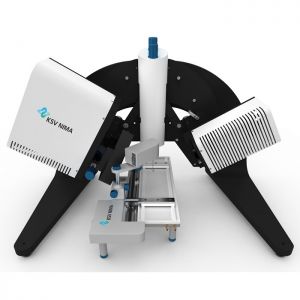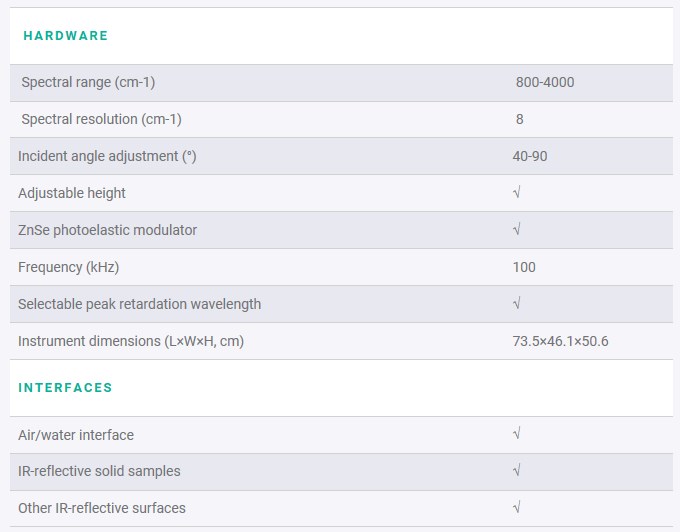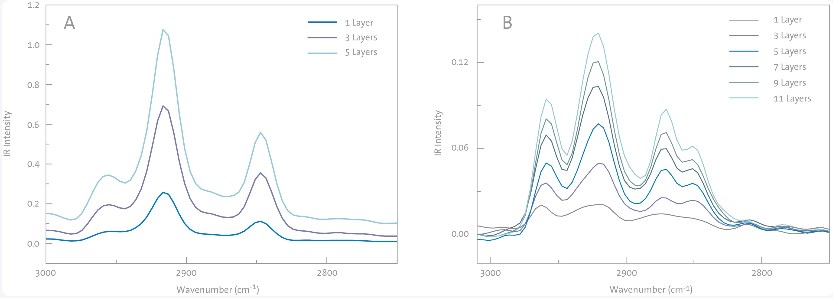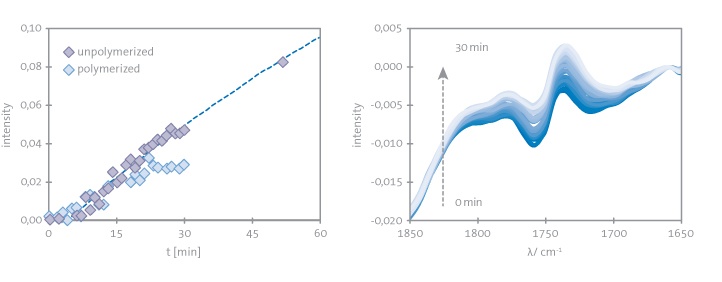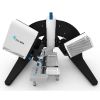| 상품설명 | ||||
The KSV NIMA PM-IRRAS is the first infrared spectrometer made specifically for IR analysis of monolayers floating on an aqueous sub-phase or deposited on reflective substrates. Due to its unique design, it allows study of the chemical composition and molecular orientation of a monolayer on a KSV NIMA Langmuir Trough as a function of packing density.

